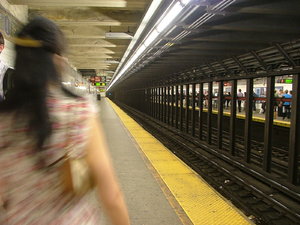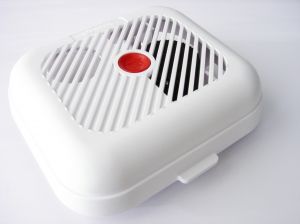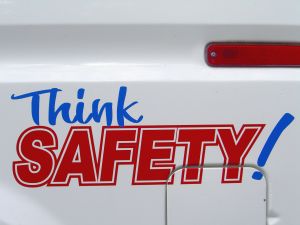The Mayor of Boston, Thomas M. Menino, and Boston’s Chief of Human Services and Executive Director of Boston Centers for Youth & Families (BCYF), Daphne Griffing, recently announced that the West Roxbury Educational Complex Pool will be putting on the Flaherty Pool programs.
They’re taking over these programs because the Flaherty pool will be temporarily closed for renovations.

Starting in the middle of November, the Flaherty Pool will be undergoing close to $6 million in renovations. These renovations include better interior spaces, upgraded locker rooms, more powerful mechanical systems and a prettier exterior. During these renovations, pool memberships will be honored at any of the 14 pools in the area. Make sure you check out the event schedule for the West Roxbury Education Complex Pool.
Our Boston swimming pool accident attorneys encourage parents to enroll children in water safety classes. Drowning is a leading cause of fatal child injury and near-drowning cases frequently result in lifelong impairment. Residents and visitors to the area are urged to swim responsibly and safely, whether it’s in a public pool or in a residential pool. According to the Centers for Disease Control and Prevention (CDC), there are about 10 people in the U.S. who die every day because of drowning incidents. Of these fatalities, two are kids under the age of 14. As a matter of fact, drowning ranks as the fifth leading cause of unintentional injury death in the country.
From 2005 to 2009, there were close to 4,000 people who were killed in non-boating drowning accidents in the U.S. Another 350 people die in boating-related drowning accidents. Twenty percent of these drowning victims are kids under the age of 14. For each child who dies in these accidents, another five end up in an emergency room with serious injuries.
More than half of the victims in drowning accidents end up in an emergency room and they require either a transfer for more care or further hospitalization. These drowning accidents can cause some serious and permanent injuries, including brain damage, memory problems, and permanent learning disabilities.
There are specific factors that can increase the risk of a drowning accident, too. Make sure to avoid these factors. It’s important that everyone knows how to swim. Formal swimming lessons, especially for young children, can drastically reduce your risks for a drowning accident. Pools that don’t have barriers have high risks of drowning accidents, too. All pools should be lined with fencing to help to keep kids out. These fences help to reduce risks by close to 85 percent.
You also want to make sure that you never drink and swim. Alcohol not only impairs your judgment behind the wheel, but also in the water. Keep a phone nearby as well in case of an emergency.
When there’s no supervision accidents easily happen, too. Make sure that young children are always supervised in a pool. Share this info with friends and family members to help to ensure that everyone is safe in the pool.
Continue reading
 Boston Personal Injury Attorney Blog
Boston Personal Injury Attorney Blog












